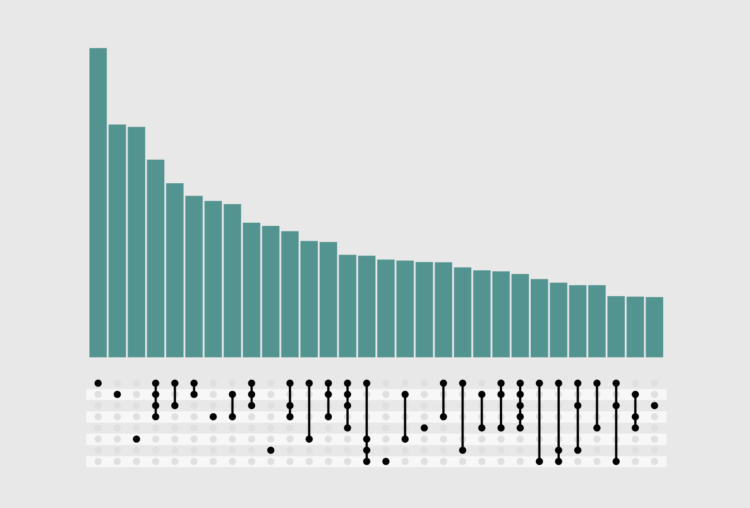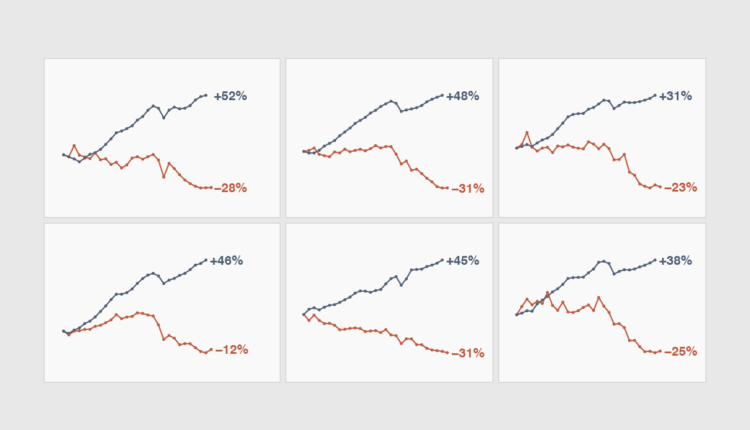In addition to a great format for visual jokes, Venn diagrams can clearly show overlap between sets. Sets, as in set theory, can be understood as objects belonging to one or more collections. The classic examples in mathematics are natural numbers, integers, rational and real numbers. But sets are everywhere.
Become a member for access to this — plus tutorials, courses, and guides.







